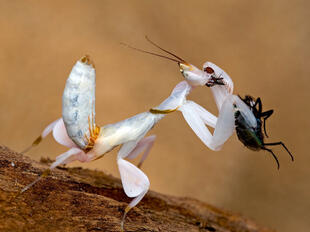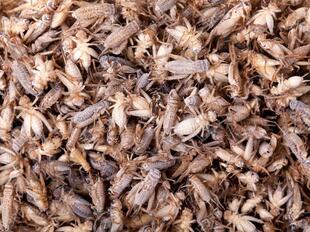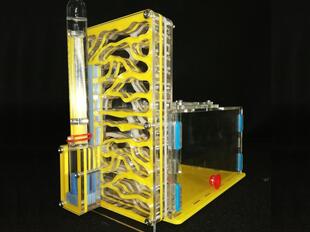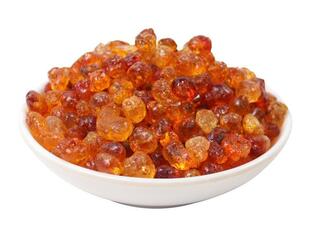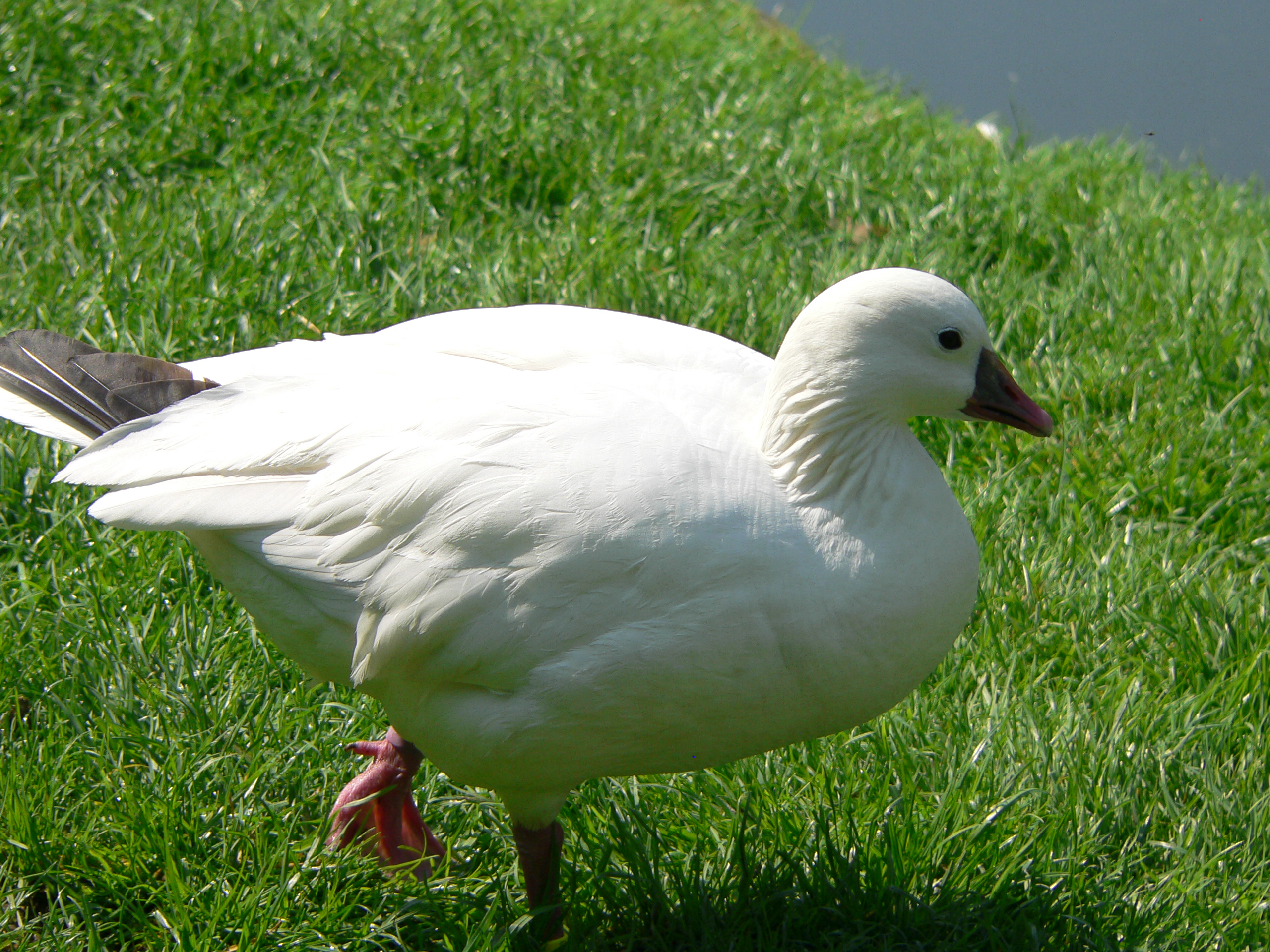
Ross's goose(Anser rossii)
Phylum —chordata
Class — aves
Order — anseriformes
Family — anatidae
Genus – anser
Appearance
The Ross’s goose is the smallest of the three varieties of white goose in North America. Males range from 24 to 26 inches in length and weigh an average of four pounds. Females are somewhat smaller, averaging 23 inches in length and an average weight of 3.5 pounds.
The Ross’s goose has a short triangular shaped bill that is pink in color. Characteristically, the bill of this species does not exhibit the “black lips” or “grin patch” that are common in similar species, such as the snow goose. The adult Ross’s goose is entirely white in color, with black primaries and legs that are pink in color. A blue phase of this species does occur but is not common place.
Habitat
The Ross’s goose primarily breeds in the Queen Maud Gulf region of the Central Canadian Arctic. This accounts for 90 to 95% of the breeding population. Smaller populations also breed on Banks Island in the western Arctic, along Hudson’s Bay and along Southampton and Baffin Islands in the eastern Arctic. A large proportion of Ross’s geese winter in the Central Valley of California. Smaller numbers winter in New Mexico, Texas, Louisiana and Arkansas.
Diet
This species of goose feeds primarily on grass, sedges and small grains.
Behavior
These birds migrate from their Canadian nesting grounds by mid-October, probably in response to limited food before freezing temperatures set in, and begin their return in mid-April to May.
Reproduction
Ross's geese form large nesting colonies on islands in shallow lakes and adjacent mainland, building nests on the ground made of twigs, leaves, grass, moss, and down. Females lay an average of 4 eggs per clutch and incubate the nest for 21–23 days.
The young leave the nest a few hours after they hatch. Both parents will guard and defend the young however some predation will occur on goslings.
In captivity
Maximum longevity - 22,5 years.
When keeping this species, it is necessary to have a pool with water or a natural reservoir. The optimal ratio of the reservoir area to pasture is 20% water and 80% pasture. The optimal area of the entire enclosure is 200 sq. m. The optimal height of grass in the pasture is 7.5 cm.
It is necessary to build a poultry house on the territory of the aviary. Geese will be able to hide in it from the cold and wind in the cold season. You need constantly to update the litter in the poultry house. For such bedding, you will need about 40 kg of dry straw (hay). It is important to replace the wet bedding in time. Otherwise, the plumage quickly becomes dirty and does not protect the bird from the cold.
The poultry house should be made of wood or mud. Humidity and drafts are not allowed in it. Proper maintenance of geese is the key to their health.
During the construction of a poultry house, it is very important to take into account that at least one square meter of floor space should be allocated for one adult goose. With a higher density, the room will quickly become polluted, and the air in it will stagnate. This can cause diseases of wild geese and significantly reduce their productivity. Once a year, you need to whitewash the walls with freshly slaked lime.
Geese eat natural grasses. You can add to herbs: wheat grains, waterfowl pellets, and chicken feed. If there is not enough grass on the pasture, it is necessary to bring mown fresh grass. In winter, you can feed sliced vegetables, especially good to give cabbage and salads. Not averse to eating worms, insects and shellfish sometimes.
 Russian
Russian
 English
English




















